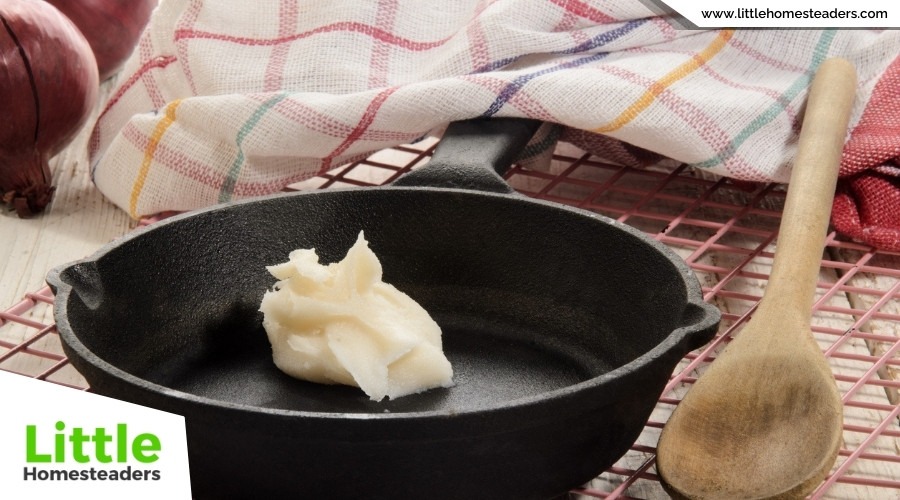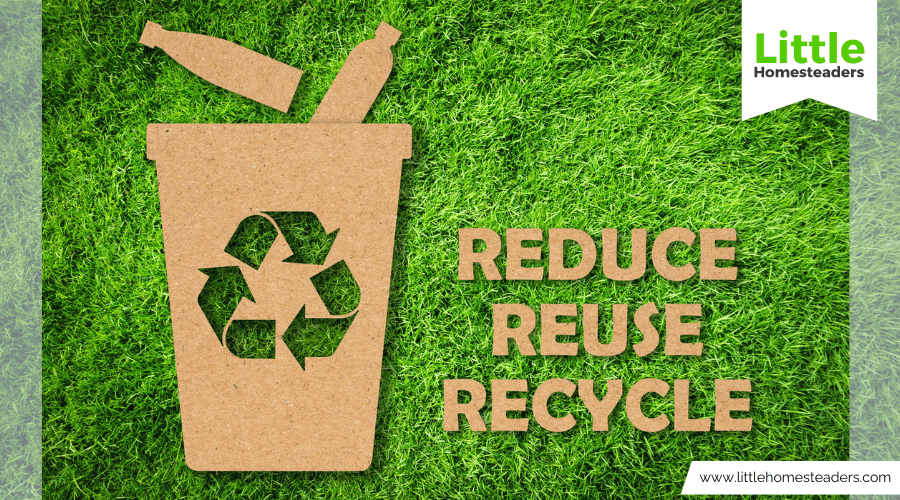The Benefits of Rotational Grazing on a Small Farm
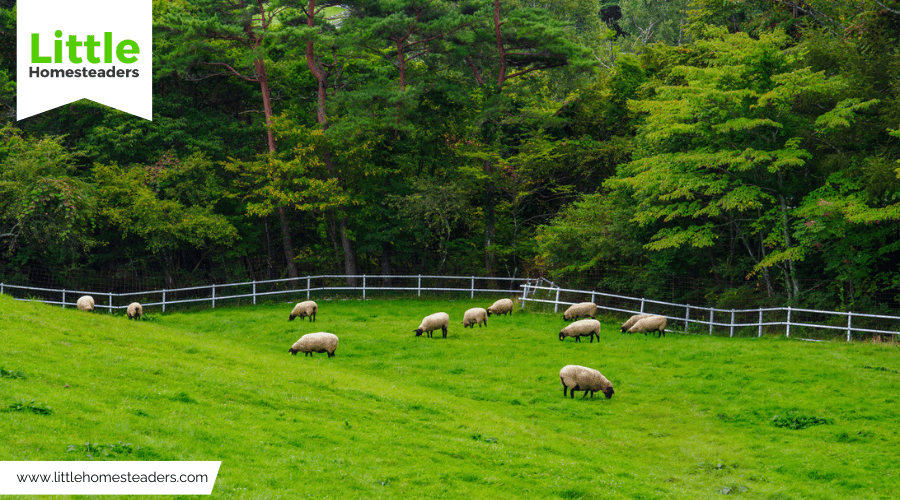
For small farmers, sustainable practices are more than just a buzzword—they're vital for keeping farms productive, resilient, and profitable. One of the most impactful practices you can adopt is rotational grazing. It’s a straightforward yet powerful system that benefits your soil, livestock, environment, and bottom line.
But what exactly is rotational grazing, and why does it matter? In this guide, we’ll break down how this system works and explore the ways it can transform your small farm. Whether you’re looking to improve your pasture health, increase livestock productivity, or reduce farming costs, rotational grazing offers solutions that are practical, proven, and surprisingly achievable.
What Is Rotational Grazing?
Let’s start with the basics. Rotational grazing is a method of managing livestock where you divide your pasture into smaller sections, called paddocks. Livestock are moved from paddock to paddock on a schedule, allowing grazed areas time to rest and recover. This approach mimics natural grazing patterns in the wild, where animals instinctively move to fresh grazing areas while previously grazed land regenerates.
Why does this matter? Continuous grazing, where livestock are left on the same pasture all season, puts constant pressure on the same plants and soil. This leads to overgrazing, reduced forage quality, compacted soil, and poor pasture recovery. With rotational grazing, you’re giving your land the break it needs to thrive.
This system doesn’t just benefit your land—it also creates a balanced ecosystem where livestock gets consistent, high-quality forage. Over time, it builds a more sustainable and productive farm, whether you’re working with a few acres or managing a larger operation.
Improved Soil Health
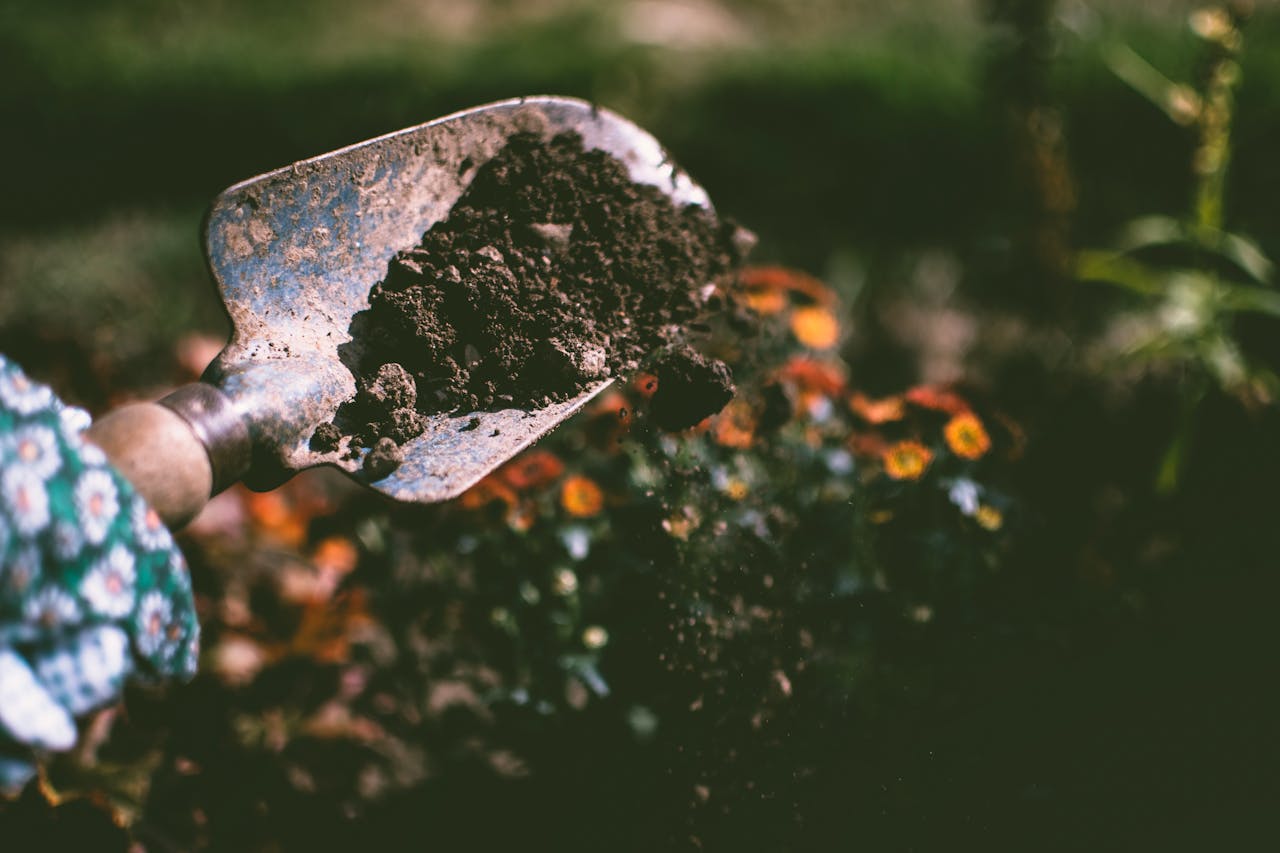
Healthy pastures start with healthy soil, and rotational grazing is one of the best ways to nurture the ground beneath your feet. When pastures are given time to rest, plants develop deeper root systems that anchor soil and improve its structure. These deep roots can access water and nutrients from lower soil layers, making your pastures more resilient during dry spells.
But it’s not just about roots. Rest periods also stimulate microbial activity, which is essential for nutrient cycling. These microbes break down organic matter, releasing nutrients that plants can absorb. Over time, this process increases the organic matter in your soil, which acts like a sponge to retain moisture and nutrients.
Another major benefit is reduced soil compaction. When livestock are rotated through paddocks, no single area is trampled excessively. This keeps the soil loose and aerated, allowing water and air to penetrate more easily. It’s the difference between a thriving pasture and one that struggles to grow anything but weeds.
Erosion control is another game-changer. Rotational grazing can reduce soil erosion by up to 80% compared to continuous grazing. By protecting your topsoil—the most nutrient-rich layer—you’re safeguarding the productivity of your land for years to come. If you’ve ever watched a rainstorm wash away precious soil, you know just how important this is.
Enhanced Forage Production
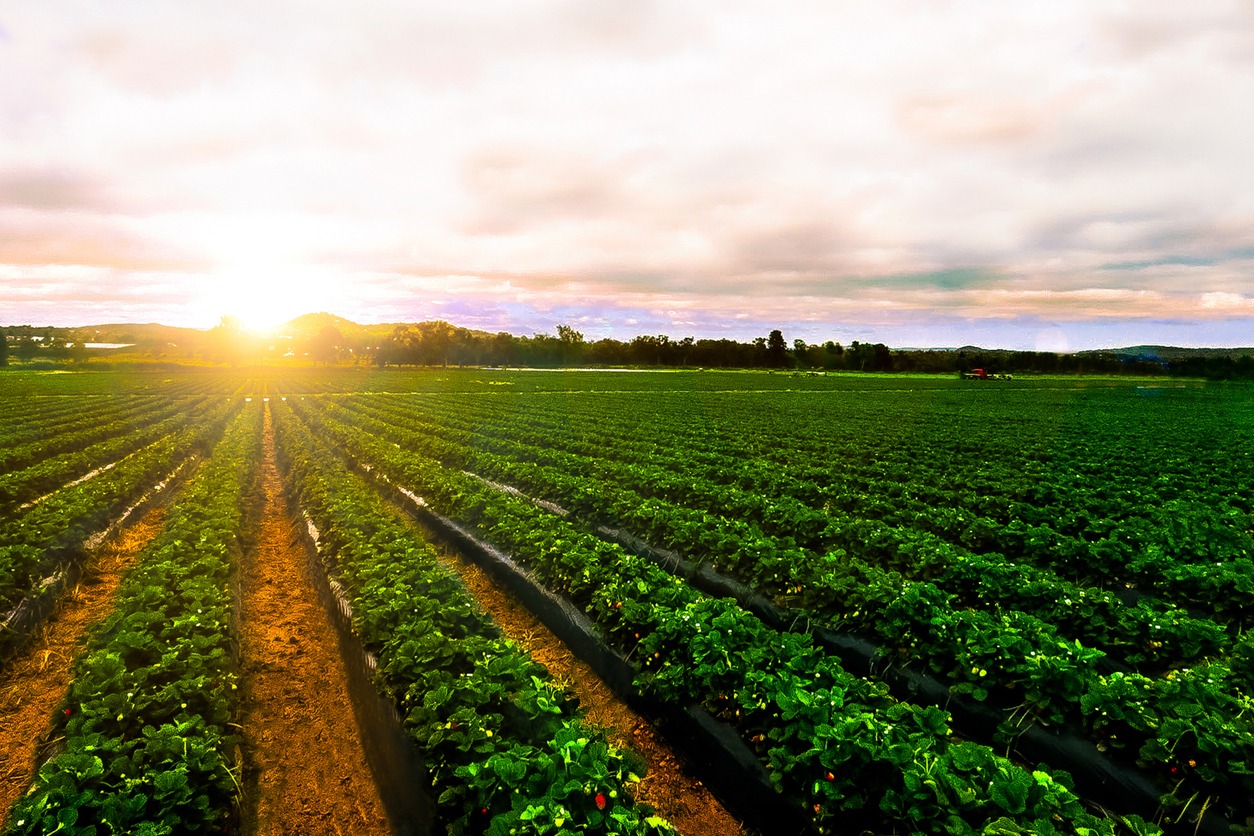
One of the most noticeable benefits of rotational grazing is the dramatic boost in forage production. Studies show that well-managed systems can increase forage yield by 30-70%, giving you more bang for your buck from the same piece of land.
Here’s why it works: When plants are grazed and then given time to rest, they regrow more vigorously. This regrowth is powered by stored energy in the plant’s root systems, which are allowed to recover and recharge during rest periods. The result? Healthier, more robust plants that can handle grazing pressure without losing productivity.
Rotational grazing also improves forage quality. When livestock are allowed to graze continuously, they often overgraze the best-tasting plants and leave behind less desirable species. Over time, this reduces pasture diversity and forage quality. Rotational grazing prevents this by controlling grazing intensity and encouraging the growth of desirable grasses and legumes.
You’ll also enjoy a more consistent grazing season. By managing forage growth across paddocks, you can ensure there’s always fresh, high-quality feed available for your livestock. This reduces reliance on stored feeds, saving you money and effort during the winter months.
Better Livestock Management
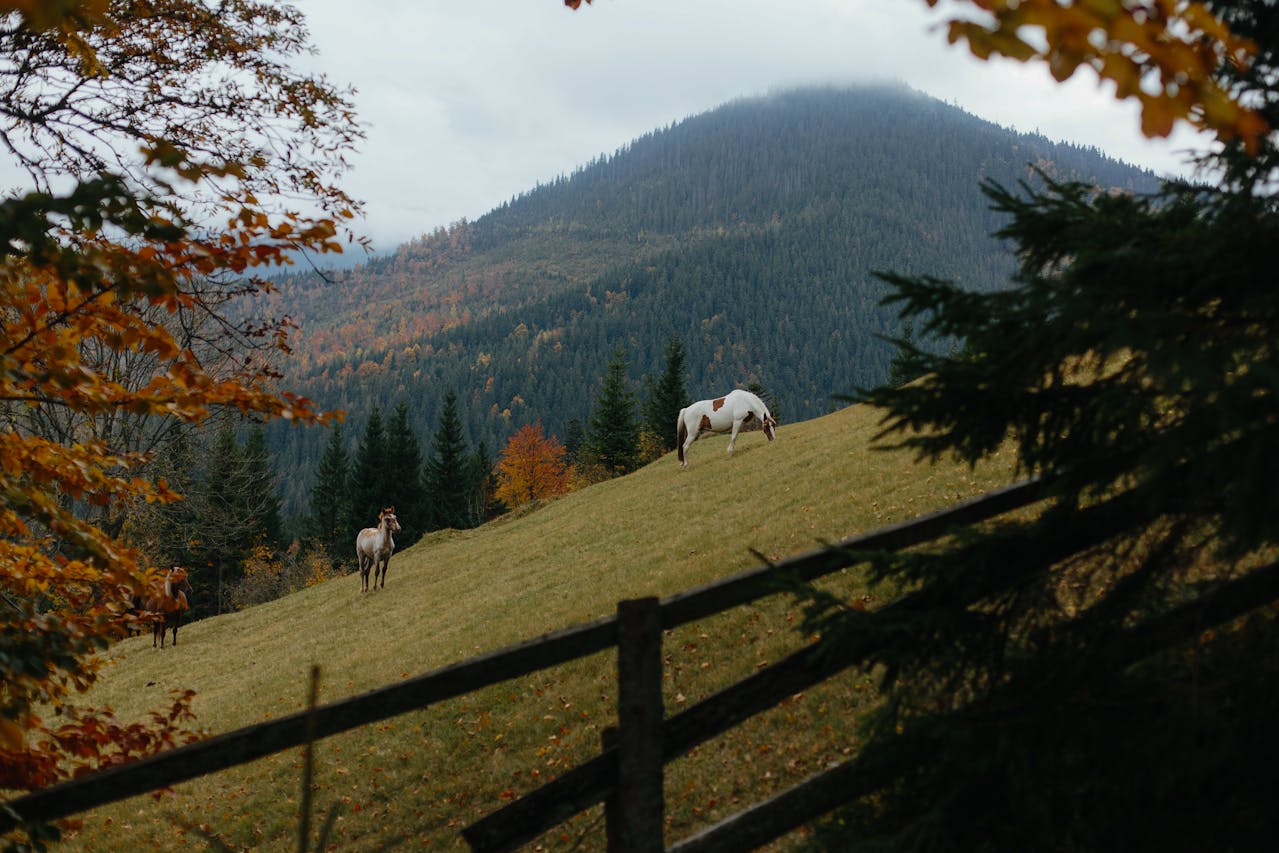
Rotational grazing isn’t just about plants—it’s also a smart way to improve how you manage your animals. Regularly moving livestock between paddocks gives you more opportunities to monitor their health and well-being. You can quickly spot issues like weight loss, injuries, or signs of illness and address them before they become major problems.
This system also promotes better manure management. Livestock manure is a valuable natural fertilizer, but in continuous grazing systems, it often ends up concentrated in a few areas. Rotational grazing ensures more even manure distribution across your pasture, enriching the soil and reducing nutrient runoff.
Perhaps most importantly, rotational grazing helps your animals get the most nutritional value out of their forage. By controlling grazing pressure, you ensure that livestock eat plants at their optimal growth stage when they’re packed with nutrients. This can lead to better weight gain, higher milk production, and improved overall health.
Another hidden benefit? Pest control. By rotating livestock, you disrupt the life cycles of parasites that thrive in continuously grazed pastures. This reduces the need for chemical treatments and keeps your animals healthier naturally.
Environmental Benefits
For farmers who care about the land, rotational grazing is an eco-friendly practice that delivers big results. By allowing pastures to recover, you’re creating a healthier ecosystem that supports biodiversity. Diverse pastures are home to more insects, pollinators, and wildlife, contributing to a thriving farm environment.
Rotational grazing also helps improve water quality. Evenly distributed manure and reduced soil compaction mean less nutrient runoff into streams, ponds, and rivers. This protects local waterways and the ecosystems they support.
Another major environmental benefit is carbon sequestration. Healthy pastures with deep-rooted plants capture and store carbon from the atmosphere, helping to combat climate change. Studies suggest that rotational grazing systems can sequester 0.5 to 2 tons of carbon per acre annually—a win for both your farm and the planet.
Economic Advantages
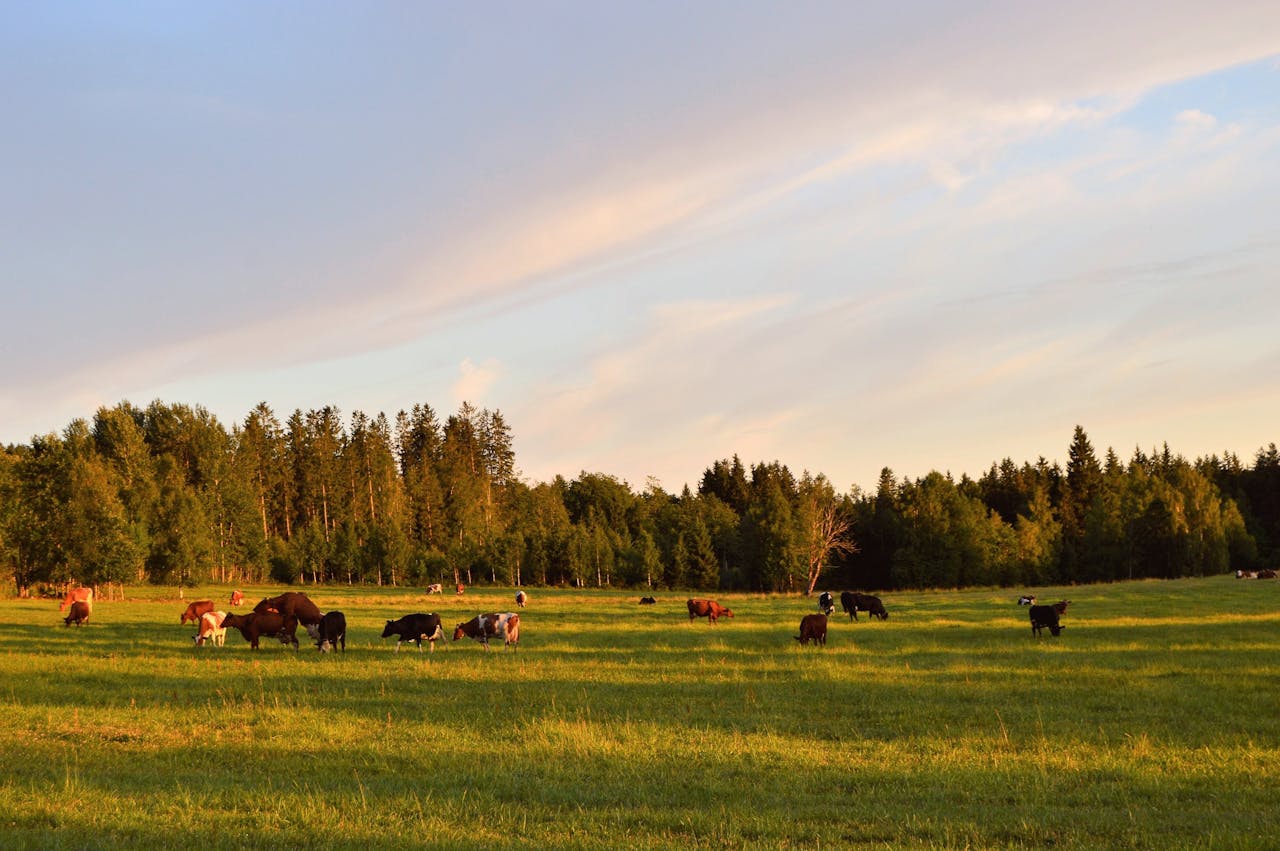
When it comes to farming, profitability is always top of mind. The good news is that rotational grazing doesn’t just improve your farm—it also boosts your bottom line.
Higher forage yields mean you can support more livestock on the same amount of land. This translates to increased meat, milk, or wool production per acre. At the same time, improved forage quality leads to healthier animals, which can reduce veterinary costs and improve reproductive success.
Rotational grazing can also save you money on inputs like fertilizer and supplemental feed. Healthier pastures mean less reliance on costly chemical fertilizers, while extended grazing seasons reduce the need for stored feed during the winter months.
And don’t overlook potential financial incentives. Many government programs offer cost-share opportunities for farmers who implement conservation practices like rotational grazing. These programs can help offset the initial costs of fencing and water systems, making it easier to get started.
Challenges and Considerations
Of course, rotational grazing isn’t without its challenges. The system requires upfront investment in fencing and water infrastructure, as well as careful planning to ensure paddocks are rotated at the right times. It can also be labor-intensive, especially in the beginning, as you figure out the best system for your land.
The key to overcoming these challenges is starting small. Focus on one section of your farm and gradually expand as you become more comfortable with the system. Use simple tools like grazing charts or smartphone apps to track pasture conditions and livestock movements. And remember, even small improvements can make a big difference over time.
Conclusion
Rotational grazing is more than a technique—it’s a mindset shift toward sustainable, efficient farming. By adopting this system, you’re investing in the long-term health of your soil, livestock, and environment. It’s a change that pays off not just in increased productivity but in the satisfaction of knowing your farm is thriving in harmony with nature.
If you’ve been looking for a way to take your small farm to the next level, now is the time to give rotational grazing a try. Start where you are, use what you have, and watch as this simple yet powerful practice transforms your land and livelihood.


